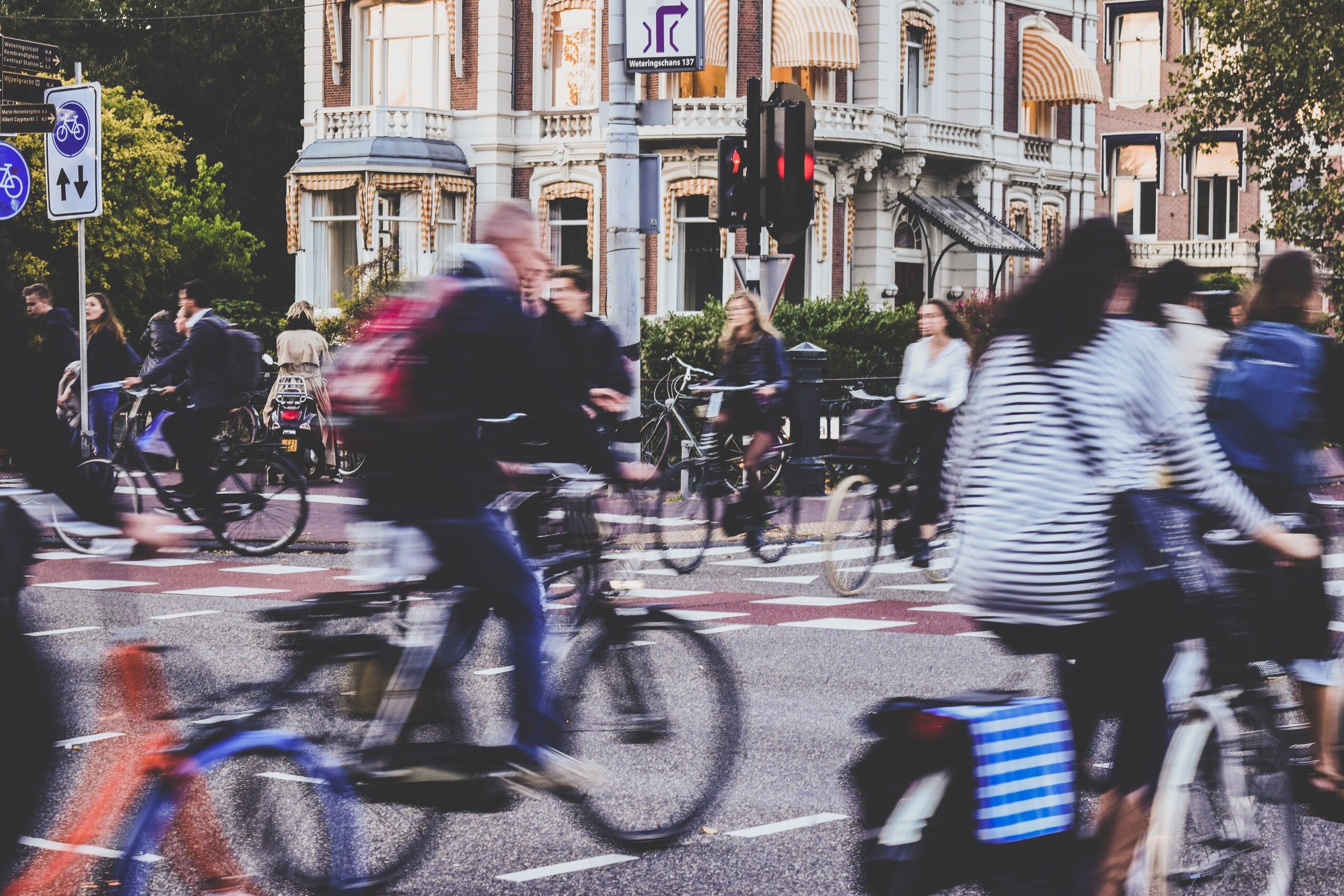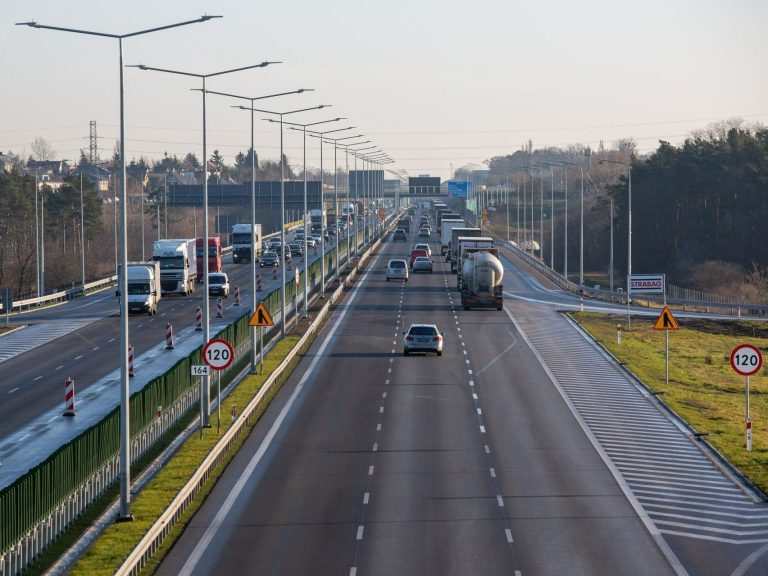Car-free city centers. This is what the future will look like

World capitals are facing a dramatic change. This is slowly becoming visible in London, where a sharp increase in the sale of bicycles and scooters and a decline in interest in driving tests has been noticed. Cities of the future will look different than today, it’s time to prepare for it.
As of today, a near-zero emission zone has been introduced in London. Mayor Sadiq Khan announced that his goal is to make the city center pedestrian again. There will be no new parking spaces in the new zone, and the entry of combustion vehicles will be limited. A good example is the recently approved plan for the new The Tulip observation tower. The architects did not include a single parking space for cars in the design. This is the direction that cities must follow to cope with increasing air pollution.
However, the new regulations are not solely due to environmental reasons. Residents of city centers have begun to give up owning cars due to the rising costs of owning them in the city. According to analyzes of the British market, a parking space next to the house in some locations costs an additional PLN 400,000. pounds. There is also a fee to move around in special zones.
Principle of zone operation
To enter the new London zone in a diesel car that is over four years old, or a petrol car registered before 2005, you will have to pay an additional daily fee of £12.50. If we want to enter it with a heavier vehicle, e.g. a van, the fee will be GBP 100 per day. This is to reduce car traffic inside the zone to an absolute minimum and at the same time encourage the use of more ecological engines.
Relief for residents
Residents are exempt from additional fees. The London authorities are giving them until 2021 to replace their cars with ones that meet the criteria of the new zone. The new regulation introducing the ecological zone also assumes the limitation of parking spaces in newly built apartment buildings. So far, there was one place for a family in the city center and two places in the suburbs. From today, residents of the center will not be entitled to any guaranteed parking space, and outside the center they will be limited to 1.5 parking spaces per family.
London and Warsaw
Will similar solutions be introduced in Warsaw? Despite loud protests from supporters of cars in cities, the authorities of Warsaw are slowly getting closer to the ideas known from more developed European cities. The first positive signal is the recent withdrawal from the desire to build new parking lots in the city center.
The number of cars in the center of Warsaw may also change when the prices for parking cars in the Paid Parking Zone change. The new regulation allows local governments to increase the amounts that drivers must pay for leaving their cars in the city center. Currently, it is PLN 30 for a whole day of parking, soon it may even be PLN 90. Kraków has already enlarged the zone and increased the parking fee, but Warsaw has not made such a decision yet.
The change in the mentality of Warsaw residents can be observed, for example, by observing the number of parking spaces in new investments. In Warsaw Spire, the entire floor of the underground garage is empty. The building owner is wondering how to use the unused space. In addition to parking spaces, new skyscrapers also include parking lots for bicycles, as well as changing rooms and showers for employees to encourage them to switch to two wheels.
Infrastructure deficiencies
The element that still limits similar solutions in Warsaw is insufficient bicycle infrastructure. Too few bicycle paths are being built in the city, and those that are built are often ill-thought-out and generate communication problems. They often intersect with sidewalks or are marked in inappropriate places. Polish local government officials are still afraid of drivers’ reactions to marking bicycle lanes on roads, as is done in most cities around the world. We will have to wait for the changes, but it is hard not to notice that they are also coming to us.






